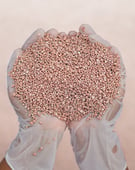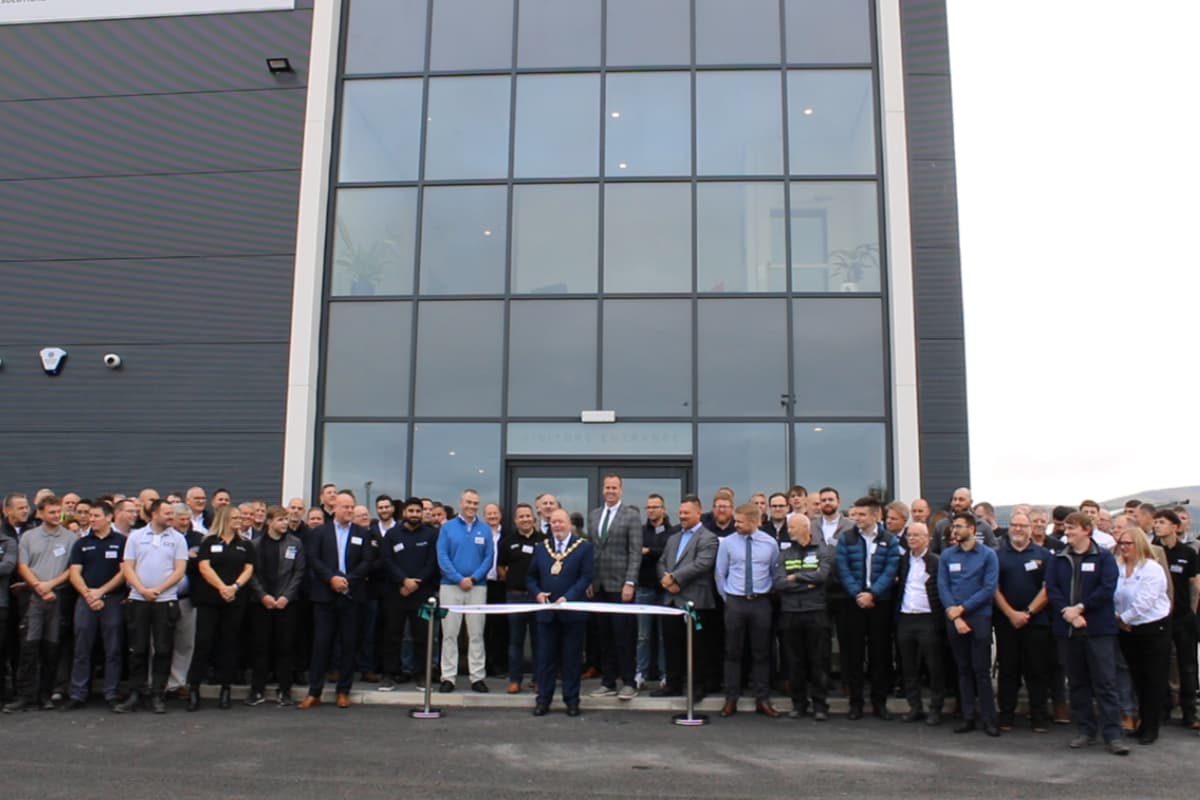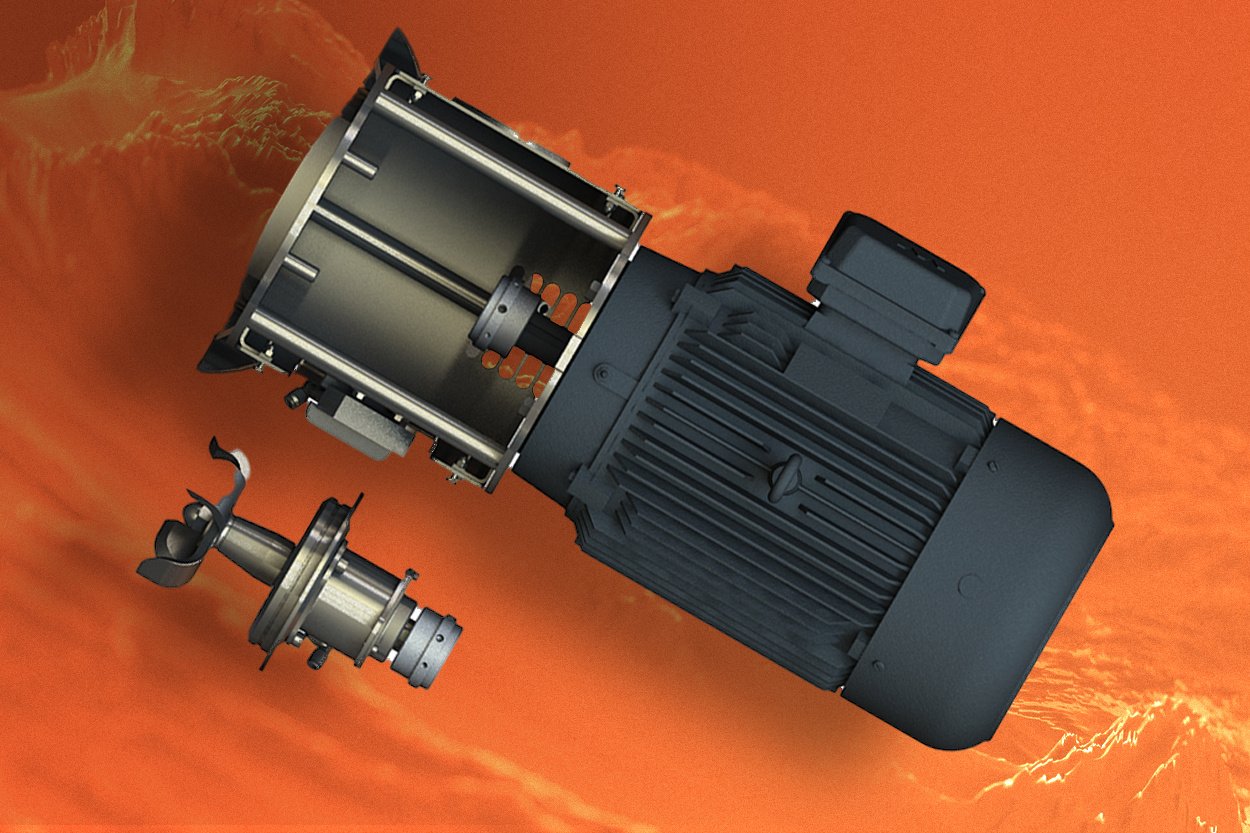The first commercial microwave oven was officially introduced in 1946. Commonly referred to as the Radarange, it was an innovation derived from short-range radar technology originally developed in World War II. Microwaves have been used for industrial thermal processing for decades, but the last 10 years have seen profound advances, both due to technological improvements and developing consumer demand. This blog covers just a few of the hundreds of products made possible through industrial microwave technology.
Crispy bacon (and other precooked meat products)
Almost half (44%) of bacon used in homes in the US is precooked today, thanks to microwave thermal processing. Without microwave, that bacon would be rubbery or over-dried. Today’s microwave technology is used to process pork such that packaged products retain the crispiness and flavor that consumers love. Bacon, as everyone knows, comes in a variety of different packaging options, from dried bacon bits through pre-cooked packaged bacon that simply needs heating.
 Microwave is used for other meat applications, for example in the thawing of beef for foreign beef imports. Using microwave ensures consistent defrosting, speeds up production times and reduces waste for processing plants. Beef often arrives frozen. Waiting for it to thaw can cause both inconsistency in quality as well as delays in productions. Typically, microwave is used to thaw meats to just below the freezing and then allowed to thaw fully at refrigeration temperature.
Microwave is used for other meat applications, for example in the thawing of beef for foreign beef imports. Using microwave ensures consistent defrosting, speeds up production times and reduces waste for processing plants. Beef often arrives frozen. Waiting for it to thaw can cause both inconsistency in quality as well as delays in productions. Typically, microwave is used to thaw meats to just below the freezing and then allowed to thaw fully at refrigeration temperature.
Of course, poultry processing can also benefit from microwave, in particular wings and legs where the meat is processed on the bone. Microwave provides a consistent heating throughout the product, eliminating unpleasant results such as red spots near the bone or slightly uncooked areas.
Most importantly, microwave thermal processing is one of the major factors in eliminating salmonella from meats during processing. Direct heating methods are fantastic for microbial load reduction. Manufacturers today have carefully tested microwave to get to the optimal times for eliminating bacteria, as the time of processing is key in making sure all microbes are neutralized.
Ceramic powders
A variety of ceramic powder applications are possible only through microwave thermal processing. Applications for synthesis of oxide and nonoxide powders show that microwave has unique advantages, particularly in producing nanomaterials. Microwave allows precise control of a variety of heating conditions that are not available by conventional means.
Microwaves have been used in applications including:
- Sol-gel Decomposition/Drying
- Solution Evaporation/Decomposition
- Gas-Phase, Gas-Solid and Solid-State Reactions
- Ceramic Precursor Pyrolysis
- Hydrothermal Reactions
- Powder Treatment
- Dissolution
- Drying
- Calcining
- Powder Consolidation/Shaping
- Sintering
- Reaction and Sintering
- Melting
- Ignition
Microwave is particularly effective in high end drying down to ppm residual moisture levels, especially in applications with fine powders. Microwave has the additional benefit of being able to perform processes that require temperature gradients and changes in temperature during the process. Precise temperature control means that microwave processing for ceramics provides reliable and high-quality results that are unattainable with conventional drying methods.
Thermo-Sensitive Nanomaterials
 Nanomaterials are one of the most promising materials being developed today. Indirect thermal processing of nanomaterials through conduction or convection has proven exceptionally challenging.
Nanomaterials are one of the most promising materials being developed today. Indirect thermal processing of nanomaterials through conduction or convection has proven exceptionally challenging.
Microwaves have been used quite effectively to provide energy directly, effectively heating materials that are typically susceptible to dielectric loss. This method of heating can significantly reduce the potential for hot spots and non-uniform material. Another benefit of direct heating with microwaves is the instantaneous power control allowing point in time modifications to the process.
Sample applications include:
- Graphite oxide
- Nanocrystals
- Graphene
Breakthroughs in nanomaterials are helping engineers make major strides in health, industrial applications, computing and building materials. The newness of this technology means that we are currently just scratching the surface of what is possible with nanomaterials. Microwave thermal processing is one of the enablers of this revolution in technology. For more information about microwave technology, check out our blog page or contact us directly.

 Microwave is used for other meat applications, for example in the thawing of beef for foreign beef imports. Using microwave ensures consistent defrosting, speeds up production times and reduces waste for processing plants. Beef often arrives frozen
Microwave is used for other meat applications, for example in the thawing of beef for foreign beef imports. Using microwave ensures consistent defrosting, speeds up production times and reduces waste for processing plants. Beef often arrives frozen Nanomaterials are one of the most promising materials being developed today.
Nanomaterials are one of the most promising materials being developed today. 
